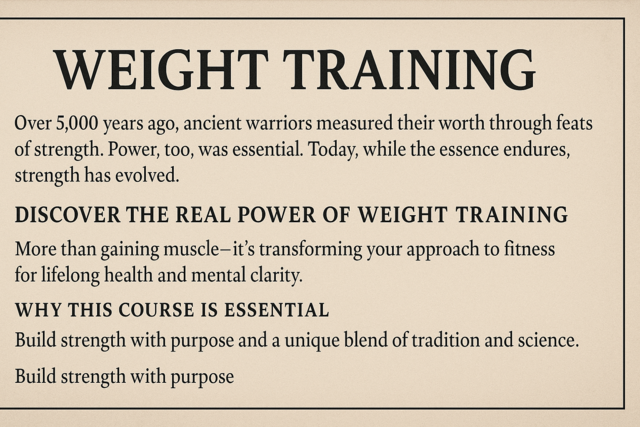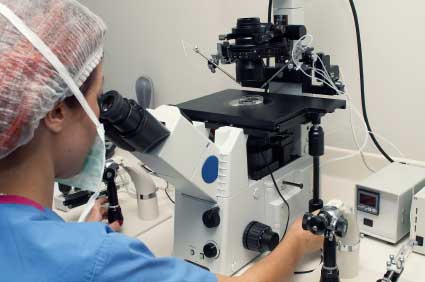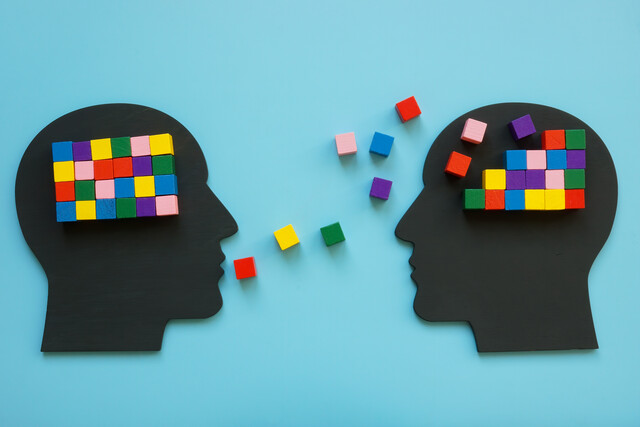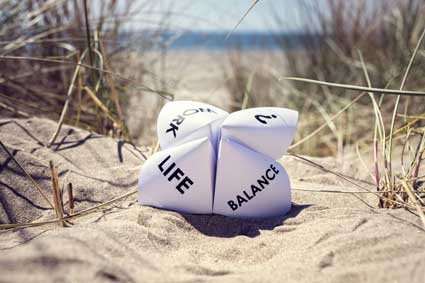Fetal Growth and Development:
During the course of your pregnancy your baby is constantly changing. Initially, it is hard for you to be aware of what is actually happening to your baby because he or she is so small that you cannot feel the changes. However, if you learn what is happening to your child week by week, you will be able to create a bond that is going to last for a lifetime.
The First Trimester:
Most of the time, a woman does not know exactly when she becomes pregnant. The first signal is usually a missed period. You should know, however, that certain
medications, stress, and sickness can cause you to skip a period or to delay its onset.
Just because you have missed a period does not automatically mean that you are going
available over the counter, and this is one way to find out in the privacy of your home
whether or not you are pregnant. Once you believe you are pregnant, it is time to get
prenatal care. Remember the folic acid supplement, as soon as you believe you are
pregnant, get on that until you discuss appropriate nutritional supplementation with your
health care provider.
So you are pregnant? Let's explore, week by week, what is happening to your baby.
Pregnancy lasts for a period of 38 weeks. However, your delivery date is determined
by the first day of your last period. That is why pregnancy is said to be 40 weeks. The
first two weeks of pregnancy are really including your last menstrual cycle.
Conception typically occurs about two weeks after your period begins. Your health care provider will count ahead 40 weeks from the first day of your last period. Fertilization occurs when the sperm and egg come together in the fallopian tube forming a zygote, which contains all the genetic material to create a human being. If more than one egg is released and fertilized, you could be looking at multiple zygotes. The zygote then travels down the fallopian tube and enters the uterus. As it is traveling, it begins to divide into a group of cells that will become the embryo and an outer layer of cells that will become the protective nourishing membranes.
By now the zygote is over 500 cells and is called a blastocyst. Once this reaches your uterus, it will burrow into the uterine wall and this is the signal for the placenta to begin to form. Your pregnancy can be detected by the end of the third week.
This is the beginning of the embryonic period when your baby's brain, spinal cord and organs begin to form. The baby is only 1/25th of an inch long. The embryo is developing three layers that will form the different parts of the baby's body. The first layer is the ectoderm that will become the neural tube where your baby's spine, brain, spinal nerves, and backbone will develop. The second or middle layer is called the mesoderm and forms the beginnings of the primitive circulatory system and the heart. Foundations for bones, muscles, kidneys and sexual organs also develop here. The inner layer of cells is called the endoderm and forms a simple tube lined with mucous membranes where the lungs, intestines, and bladder develop.
At week five, your baby is 1/17 of an inch long -- about the size of the tip of a pencil, or about ten times the size of the period at the end of this sentence. The heart and the circulatory system are forming and a bulge at the center of the embryo will later become your baby's heart. The beating of your baby's heart can actually be heard during an ultrasound exam this week. The circulatory system is the first human system that is formed.
Your baby is now about the size of a pencil eraser and weighs less than tablet of Tylenol. The umbilical cord is the link between the placenta and your baby is easily detected now. Arm buds look like little canoe paddles are formed and the facial features become more distinct with the mouth, nostrils and ear indentations.
Your baby is now over � an inch long and is developing webbed fingers and toes. Wrists, elbows, and ankles can be seen. Facial features continue to develop with the formation of the baby's eyelids, the ears, upper lip, and the tip of the nose. Your baby's heart continues to develop; beating at over 150 beats per minute, twice as fast as your heart rate.
The face of your baby is more rounded and the head is large compared to the body and is tucked down toward the baby's chest. Nipples and hair follicles are forming. More organs form, the gallbladder, bile ducts, pancreas, and anus. The intestines are longer. Internal reproductive organs develop, but it is impossible to tells the baby's sex yet. Your baby is nearly one inch long and weighs less than 1/8th of an ounce. The baby will begin moving this week, but you will not feel it yet.
By now, your baby's vital organs have formed. The embryonic tail has disappeared. Your baby has fully separated fingers and toes, and the bones of your baby's skeleton begin to form. This week, your baby's brain will produce almost 250,000 new neurons every minute, making the brain the fastest growing organ this week. Your baby's tooth buds are forming, and if your baby is a boy, his testes will start producing the male hormone testosterone.
Your baby is now called a fetus. All organ systems are formed and continue to develop and your baby's growth at this point is profound. The blood vessels in your placenta will grow larger and more numerous to keep up the necessary supply of nutrients to your baby. By the end of this week, your baby's sex is likely apparent.
This is the beginning of your second trimester, and all your baby's organs, nerves and muscles are formed and are learning how to work together. Eyes and ears can be seen, but the eyelids are fused shut at this point to protect the developing eyes. They will begin to open around week 30. Some jerky flexing moves can be observed in your baby, but
you are still unable to feel them. Once your baby is larger, you will feel such movements. Some babies can put their thumbs in their mouths at this point.
The reproductive system is the star of this week's work. If you're having a boy, his prostate gland is developing; if a girl, her ovaries are moving into her pelvis. The thyroid gland is function and your baby actually begins producing hormones this week. By the
end of this week, your baby's mouth will be formed.
Your baby has skin that is almost transparent. Hair begins to erupt both on the scalp and on the eyebrows. For babies with dark hair, the hair pigment will begin production in the follicles. Bones continue to develop and the marrow develops as well. Ears are in their final position, and the eyes and ears have a very baby-like appearance.
At this point in your pregnancy your baby weighs less that 3 ounces and is only four to five inches long. Sometimes your baby can make a fist, and his or her eyes become sensitive to light. The muscles developing in the face allow your baby to frown and squint. Hiccups can happen at this time and your little girl is developing eggs in her ovaries by now.
Your baby will begin to develop fat stores under his or her skin this week. Fat provides energy and helps to keep your baby warm after birth.
Your baby's brain is now hooked up to the ears and your baby can hear you! Your baby will hear your heart beating, your stomach growling, the blood moving through you and most important of all; your baby hears your voice. Your bonding is strengthening because of this developed sense.
Your baby's very think skin is really delicate and a pasty white coating called vernix is covering it to protect it. Underneath the vernix is fine down-like hair called lanugo. Your baby can produce urine that is excreted into the amniotic sac. Your baby's hearing improves and can tell when you are talking in conversation. You will very soon feel your baby move.
Your baby is about 6 inches long and weighs just over half a pound. You should be feeling your baby move by now. Skin is continuing to develop and thicken. Eyebrows and hair grow and your baby's arms and legs continue to develop.
This week your baby will supplement his or her nourishment from the placenta by swallowing some of the amniotic fluid where there are small amounts of sugar. Your baby's bone marrow will make blood cells, taking over the job of the liver and spleen that have been doing it up until now.
This week, your baby weighs in at about 1 pound and is forming taste buds on your baby's tongue. Your baby's brain and nerve endings have developed the sense of touch. If you have an ultrasound now, you may even see your baby touch his or her face.
Your baby weighs about a pound and a half. On the hands and feet footprints and fingerprints are forming. With the inner ear development, your baby can likely tell whether or not he or she is upside down in the womb. Your baby may even have an established sleep cycle. If your baby is born now, there is only about a 50% chance of survival, and complications are frequent and very serious.
Your baby has fully developed hands and may be spending a lot of time exploring his or her environment inside your uterus.
Your baby is between 1-1/2 and 2 pounds this week. The eyebrows and eyelashes are well formed, and hair is longer. Your baby's eyes are fully developed, but will not open for another two weeks.
This is the end of your second trimester, and your baby respiratory and immune systems are continuing to mature. At this point, if your baby were to be born this week there is about an 85 percent chance of survival.
At 15 inches long and weighing in at 2 to 3 pounds, your baby's presence is felt, whether you are standing or sitting. Your baby's eyes can open and close, and the eye color has been set. Your baby will even take 20 to 30 minute naps.
With the skeleton fully developed but with soft and pliable bones, your baby begins to store iron, calcium, and phosphorus. Baby's movements are very noticeable with vigorous jabs and punches that you can certainly feel.
From this point forward, your baby will gain about a half a pound a week. At about 3 pounds, that puts your baby in the range of 7 to 8 pounds at birth. Some studies believe that the baby is practicing breathing by movement of the diaphragm and can even get the hiccups, which you will feel.
Boys' testicles move from their location near the kidneys through the groin toward the scrotum. A girl's clitoris is fairly prominent. Lungs are more developed, but not yet mature. A baby born during this week will need a ventilator to help with breathing.
At about 4 to 4-1/2 pounds, your baby is between 15 and 17 inches long. Birth at this point results in nearly 100% survival. Your baby's lanugo, or soft downy hair, begins to fall off at this point. Your uterus is becoming cramped as your baby continues to grow. Fewer than ten movements in two hours is cause for concern, and you must contact your health care provider.
Your baby continues to gain weight, and the lungs continue to develop. Your baby can actually detect light at this point and the pupils can dilate and constrict.
Your baby is between 6 and 6-1/2 pounds, and is around 16 to 19 inches long. Your baby's sucking muscles are formed and ready to be used. Most babies are in the head-down position by this time in preparation for birth.
At the end of week 37 your baby is considered full-term. Most weight gained at this point is fat that will give your baby that cute little rounded, chubby look.
Your baby weighs about 7 pounds and the brain and nervous system continue to develop. This type of development will actually continue throughout childhood and the early teen years.
That extra fat that gives your baby a cute chubby look actually will help your baby to maintain body temperature. Antibodies to strengthen your baby's immune system are provided by the placenta and these will help your baby fight infection for the first six months of his or her life. Breast feeding will also supply additional antibodies to your baby.































